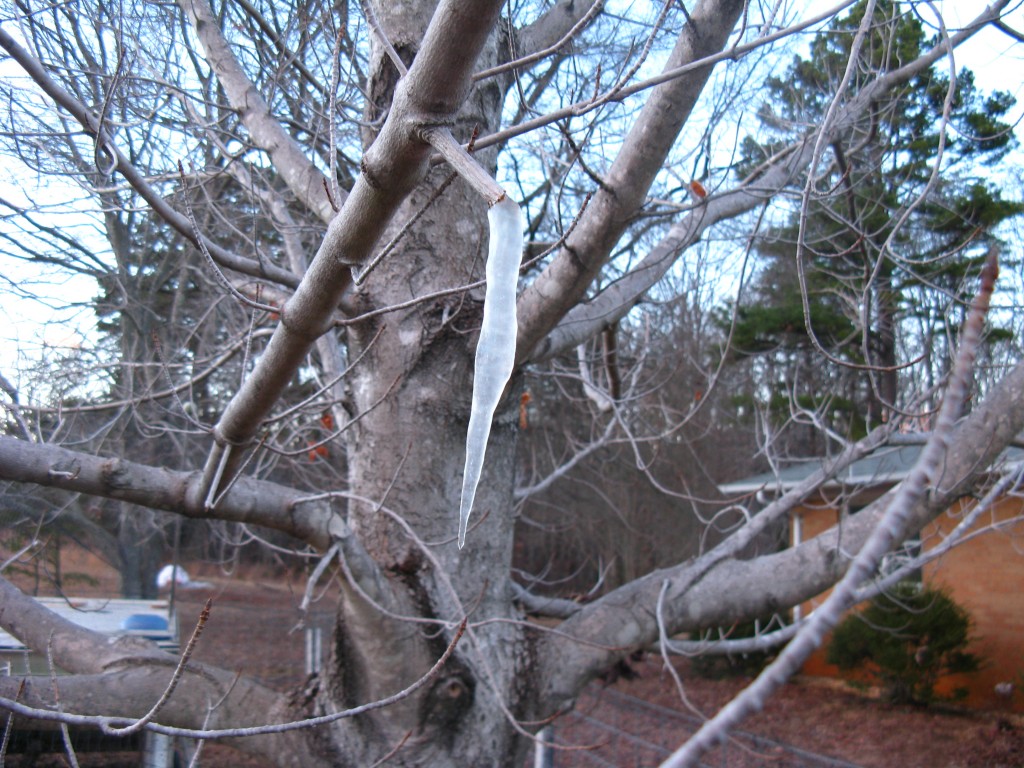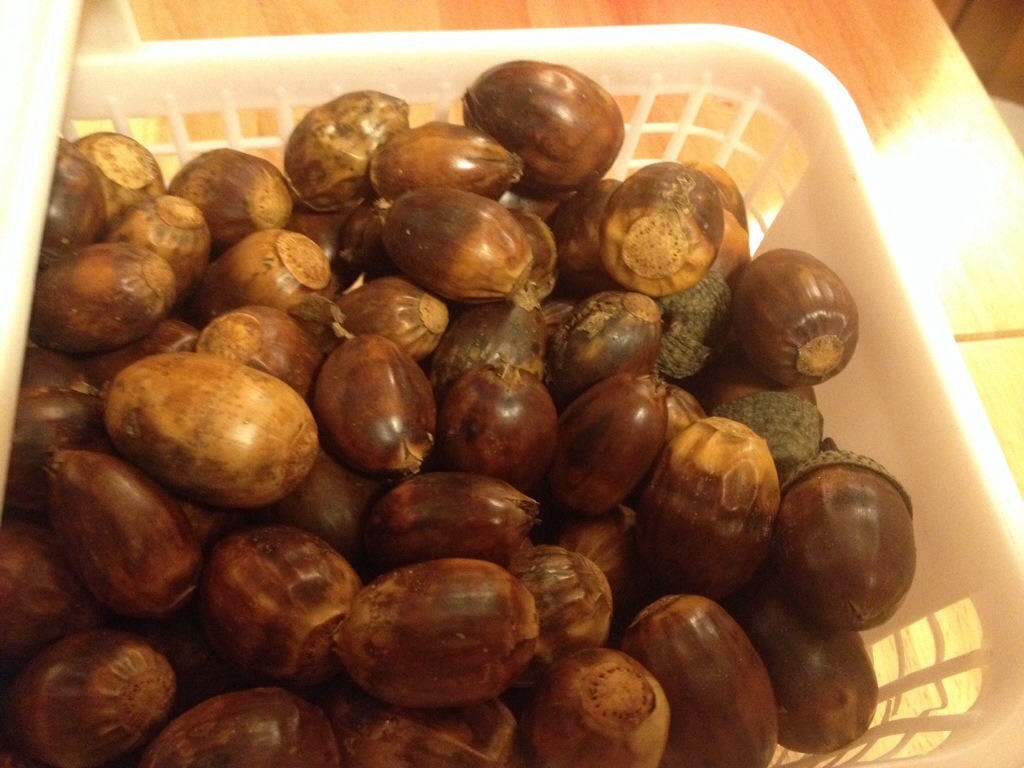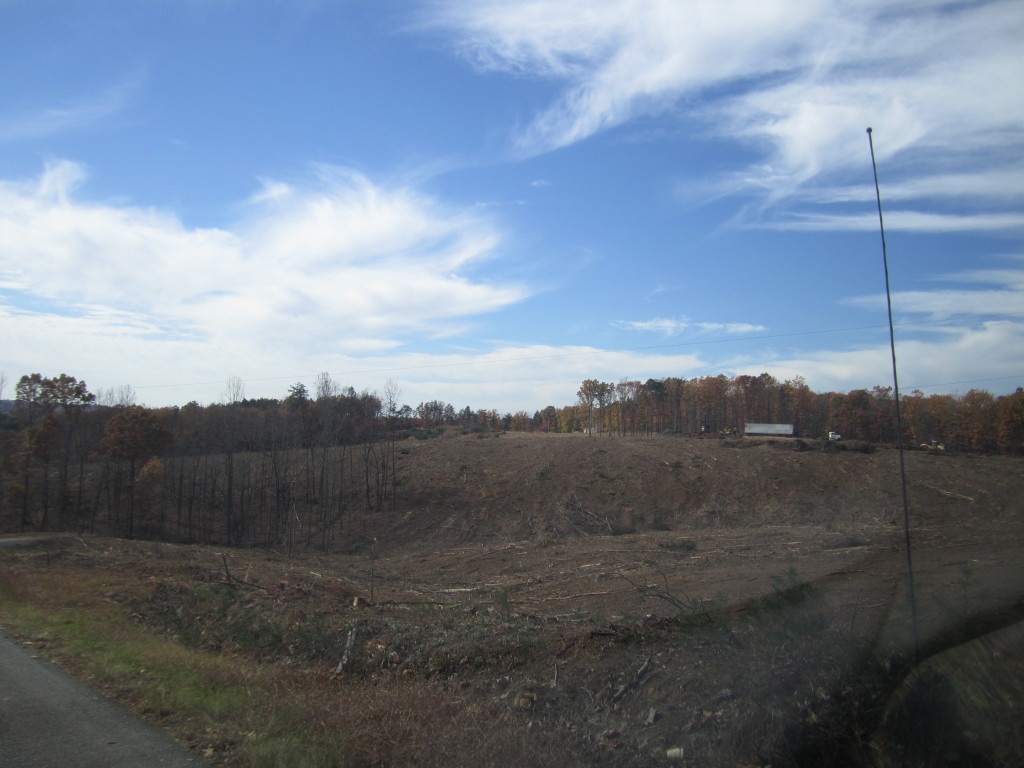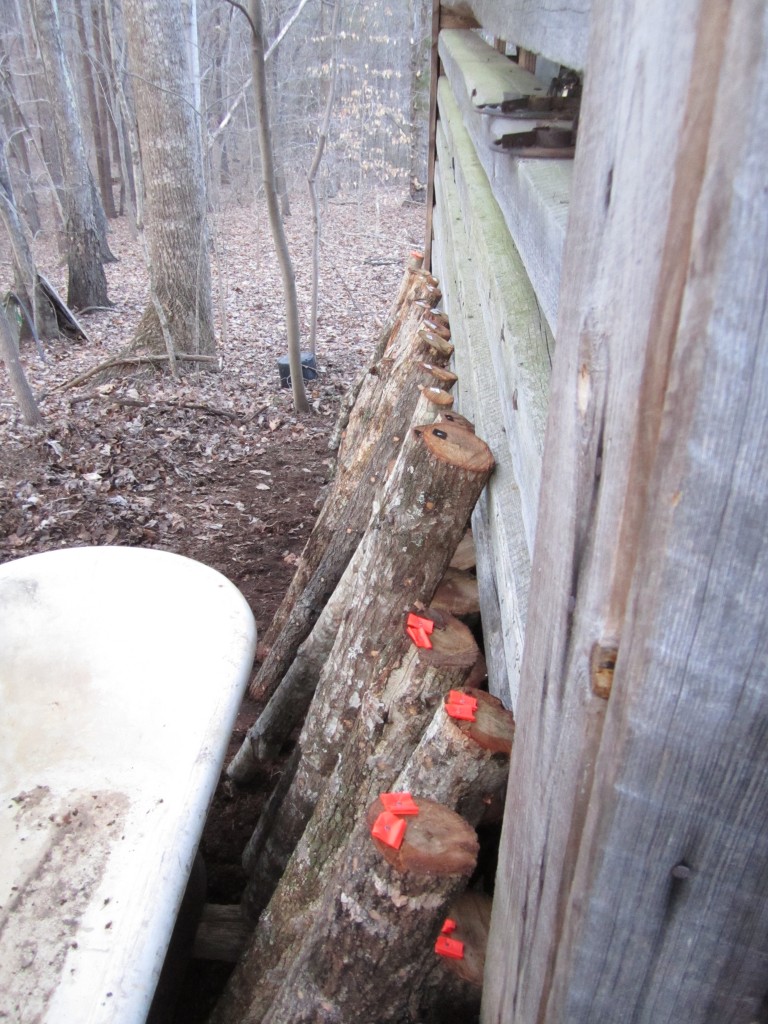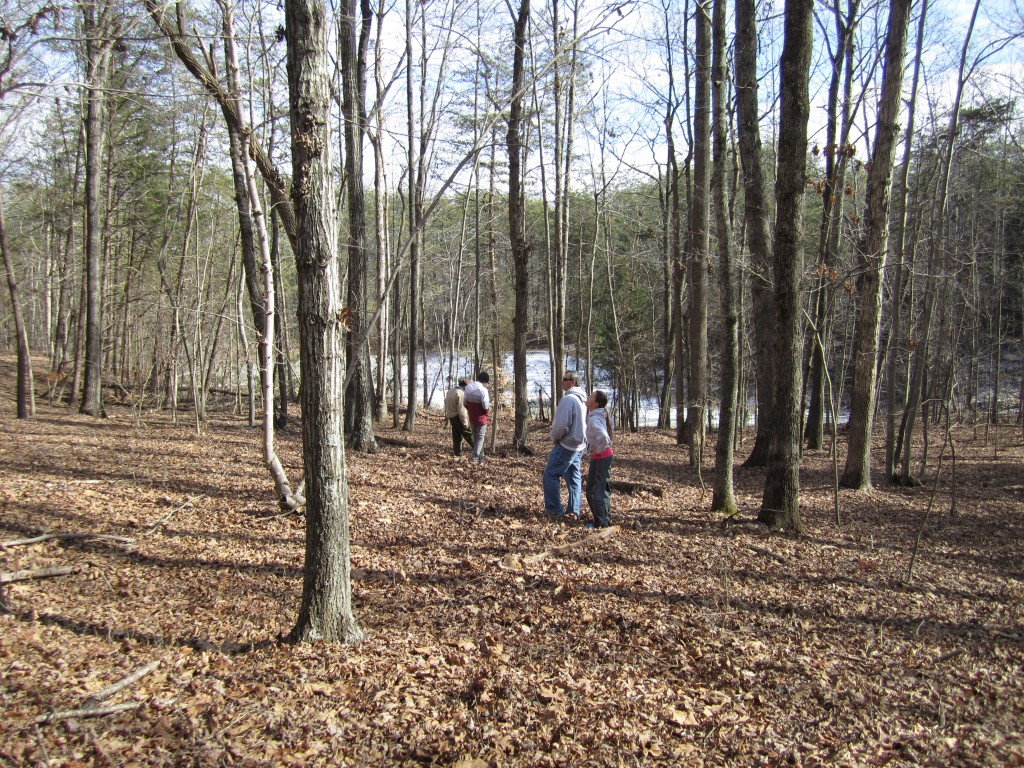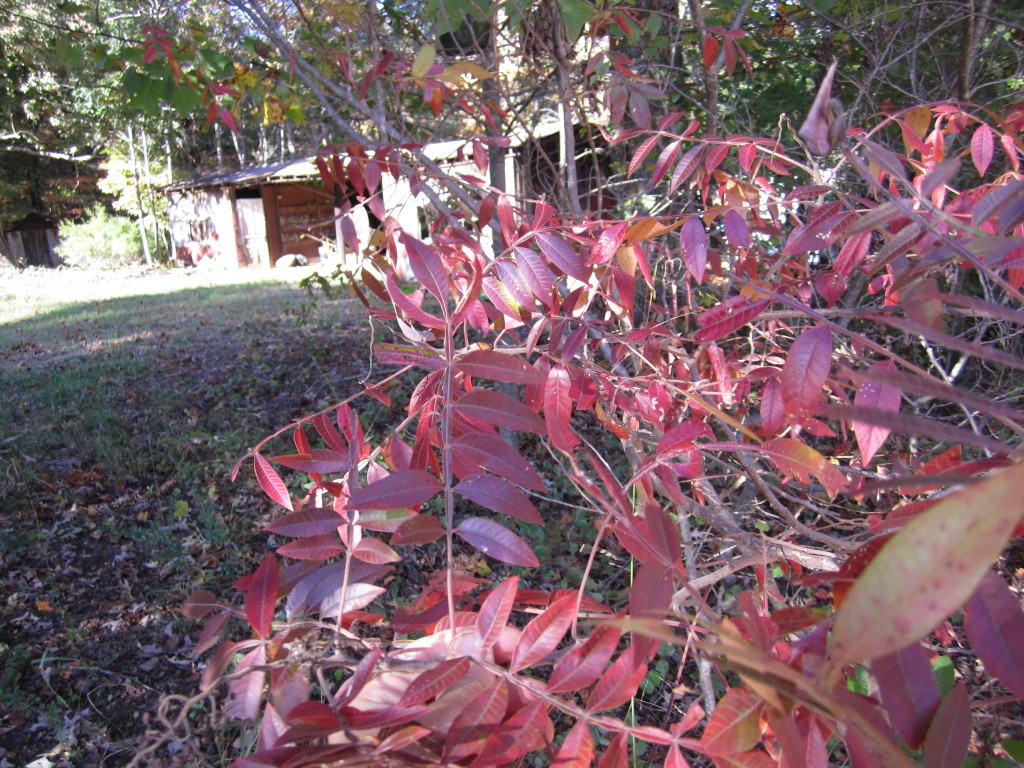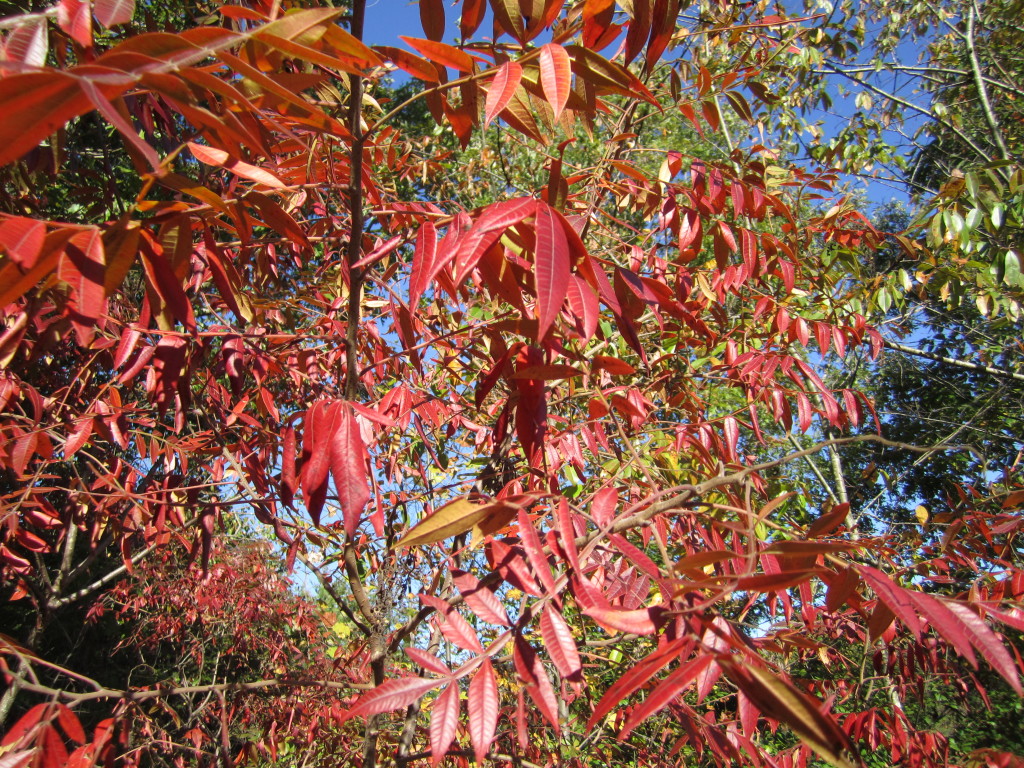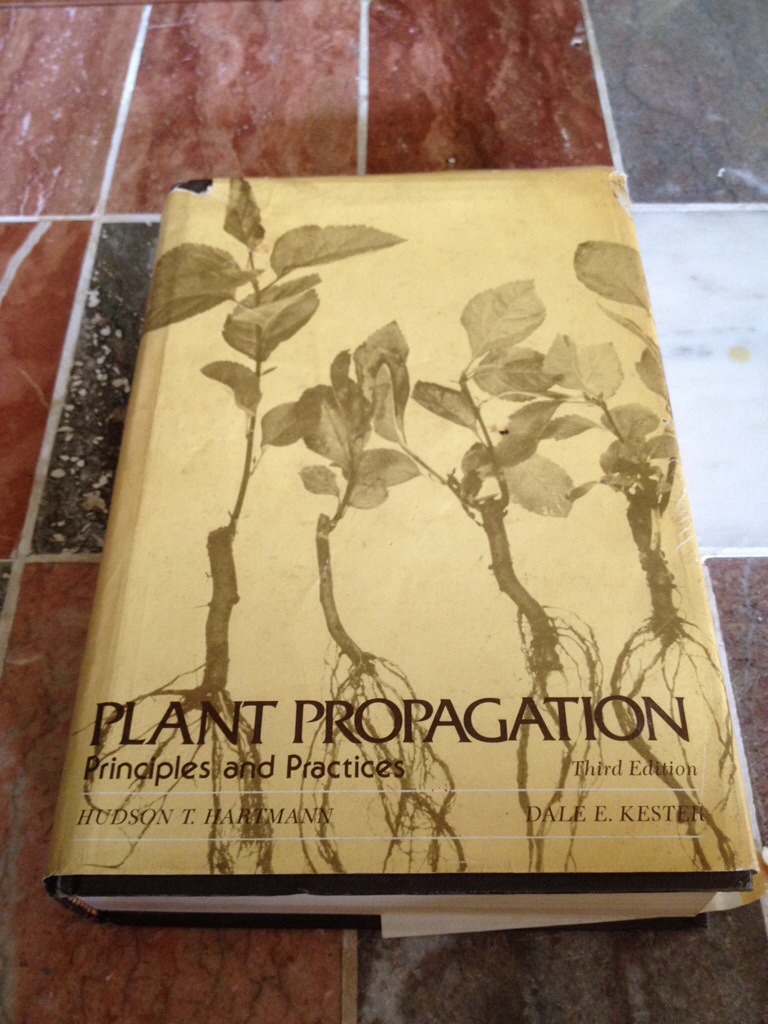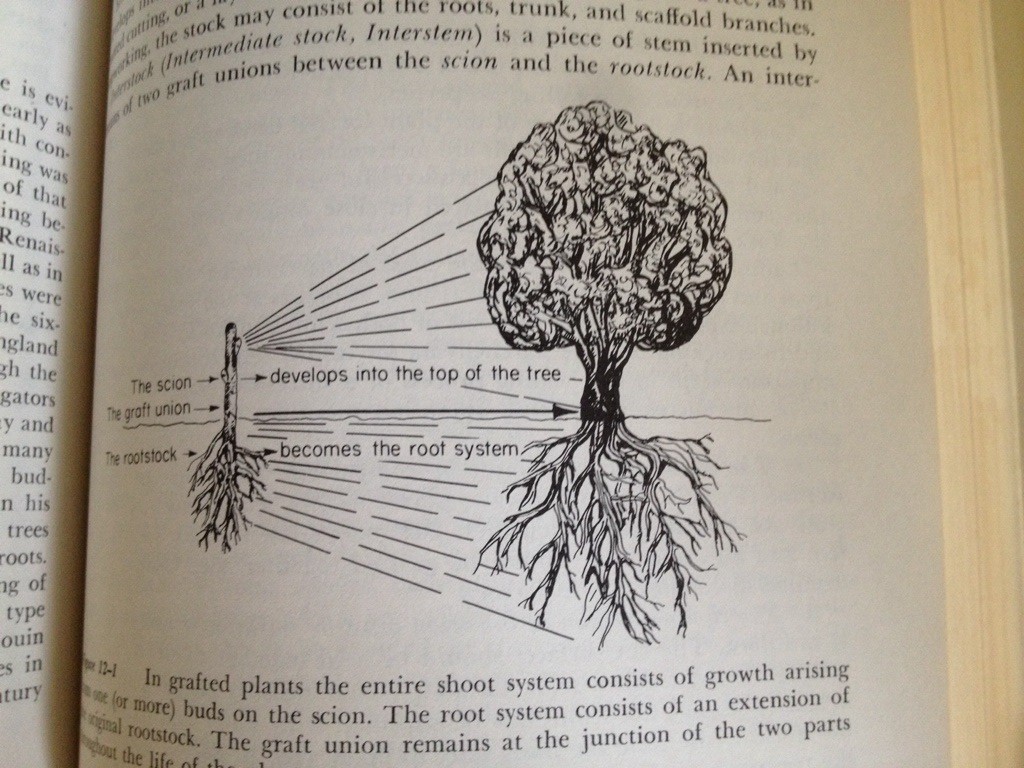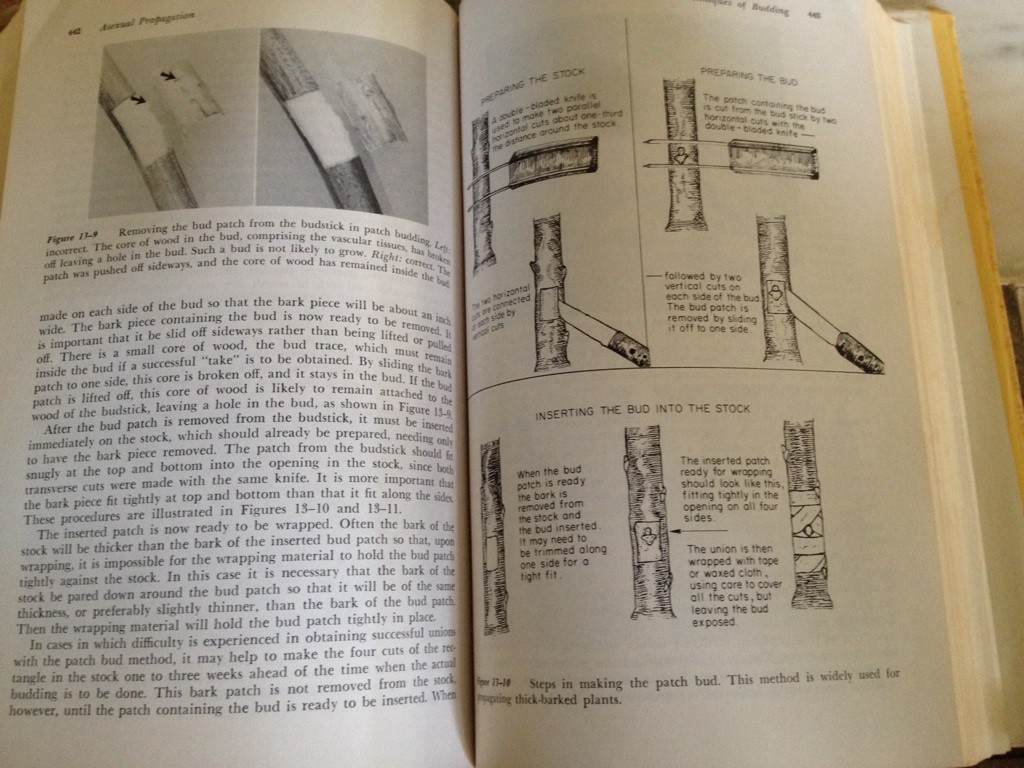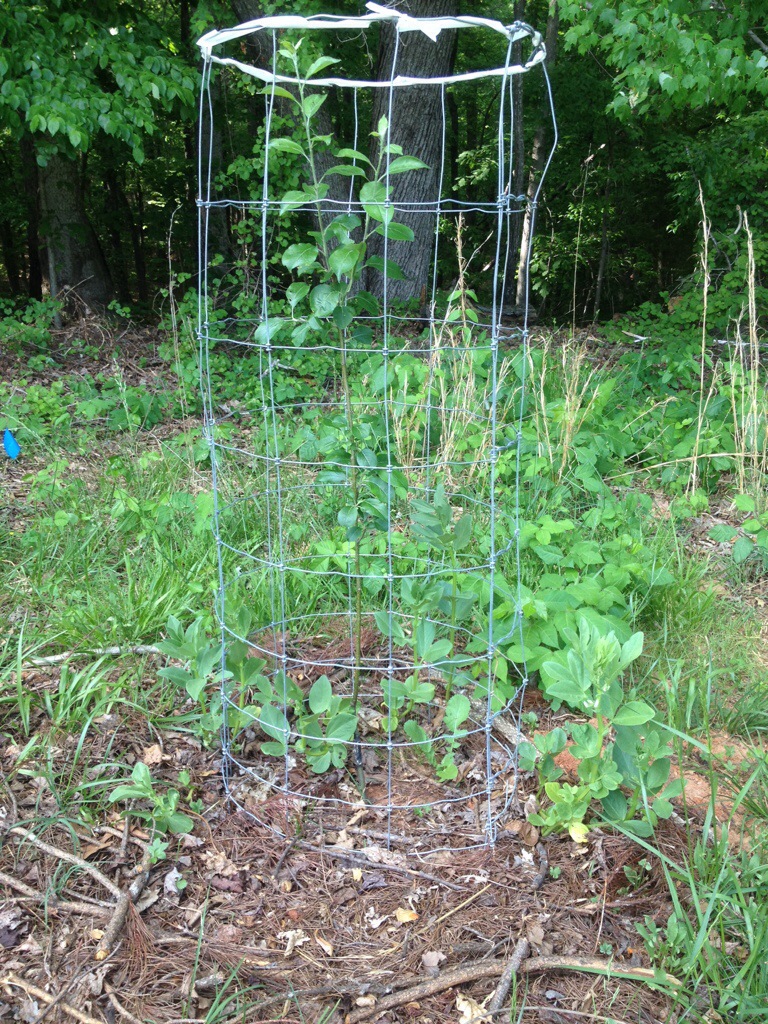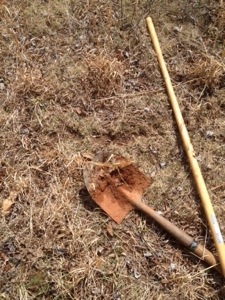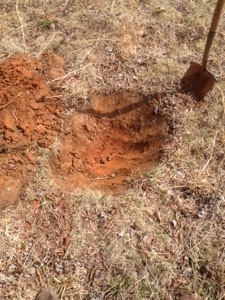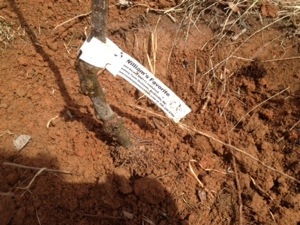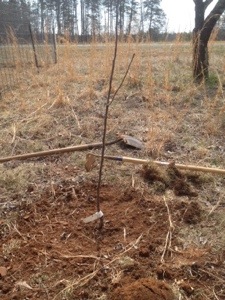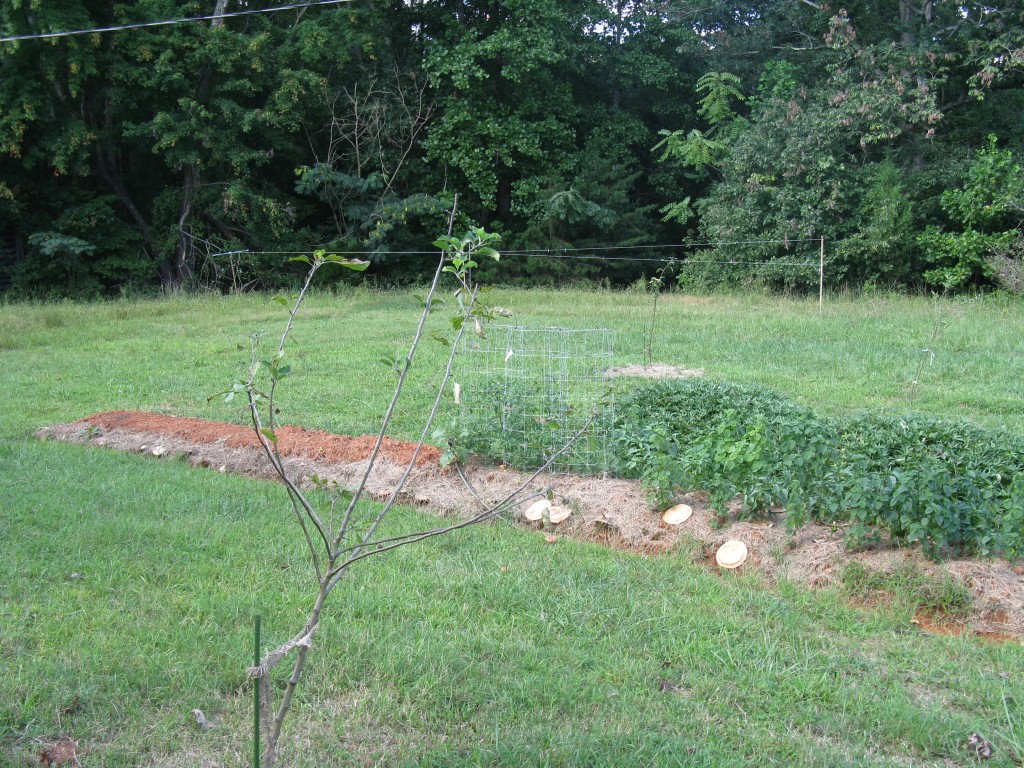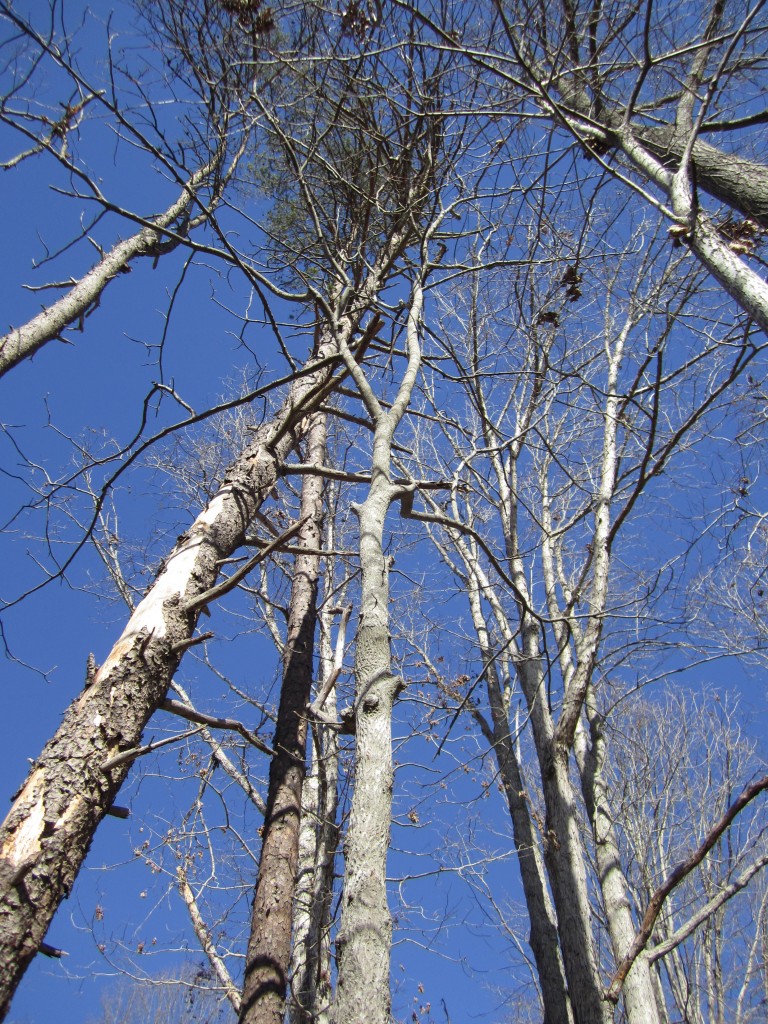Sap season is here, at least for those of us in the Piedmont of North Carolina. The maples trees in our area have begun the yearly ritual of the sap flow. While we don’t have a lot of sugar maples in NC, and none grow on our land, we do have plenty of red maples. Red maple doesn’t produce as sweet a sap as sugar maple and therefore is a less economical choice for tapping and maple syrup production.
However, syrup production is a time and energy intensive operation that I don’t really have a desire to get into just yet. Something I am interested in is maple water, aka straight maple sap. Maple water is an old concept that has recently been rediscovered by health food companies. It’s essentially the same sap that would be boiled down into maple syrup left unaltered and bottled. The result is a slightly sweet and clear drink with a dose of antioxidants and minerals. Different cultures have used maple sap as a cleansing tonic for a very long time, and it is well known to wildcrafters and foragers as a source of clean water.
My interest in tapping a few of our red maples is part science experiment (especially considering Emma’s discovery last year of sugarcicles), partly a pursuit of fresh maple water to drink, and part fermentation experimentation. I want to make some maple wine and some maple beer.
I’ve read a few different recipes that use maple sap as a brewing/vinting ingredient and it seems that straight maple sap would yield a fermented beverage clocking in at around 1-3% abv. Now, if you were to either add some sugar or boil this down a bit to concentrate it, you could raise these to more traditional beer and wine levels (FYI: Don’t forget to check out our craft beer review show , Beauty and the Beerd).
Now, in order to get this sap, i’ll have to tap some trees. The standard rule of thumb is not to tap a tree less than 10″ in diameter. We have a few of those on our property, and i’ll probably tap them in the traditional way by drilling a hole in the tree and inserting a tube/tap that drips into a bucket or some other container. But what i’m really excited about is some recent research out of Vermont about tapping smaller trees.They coppiced young maple trees and used vacuum tubing to yield over 10 times the amount of syrup per acre.
I don’t have any vacuum tubes, but this is still interesting because it shows that even smaller trees can yield sap without harming their growth. My idea, and it’s not an original idea, is to try and harvest the sap from twigs and smaller branches on our maple trees. You simply prune off the end of a twig and either attach a tube or plastic bag to the branch to collect the sap. According to gardengrapevine.com, some twig taps can equal the sap production of a trunk tap, and you can do many per tree.
This action is less invasive and harmful to the young trees, and actually stimulates growth due to pruning. I’m pretty excited to experiment with it and see how it goes.
Of course, not just maple trees can be tapped, but also birch, walnut, linden, sycamore, and many others. You can see how tree saps, and tree sap beverages can fit nicely into a permaculture system as a late winter activity. By utilizing these saps in for items other than syrup production, which can be costly both in energy and time, even marginal sap producing regions can harvest appreciable yields form their trees, and stack another function into their designs and homesteads.
Cheers!
